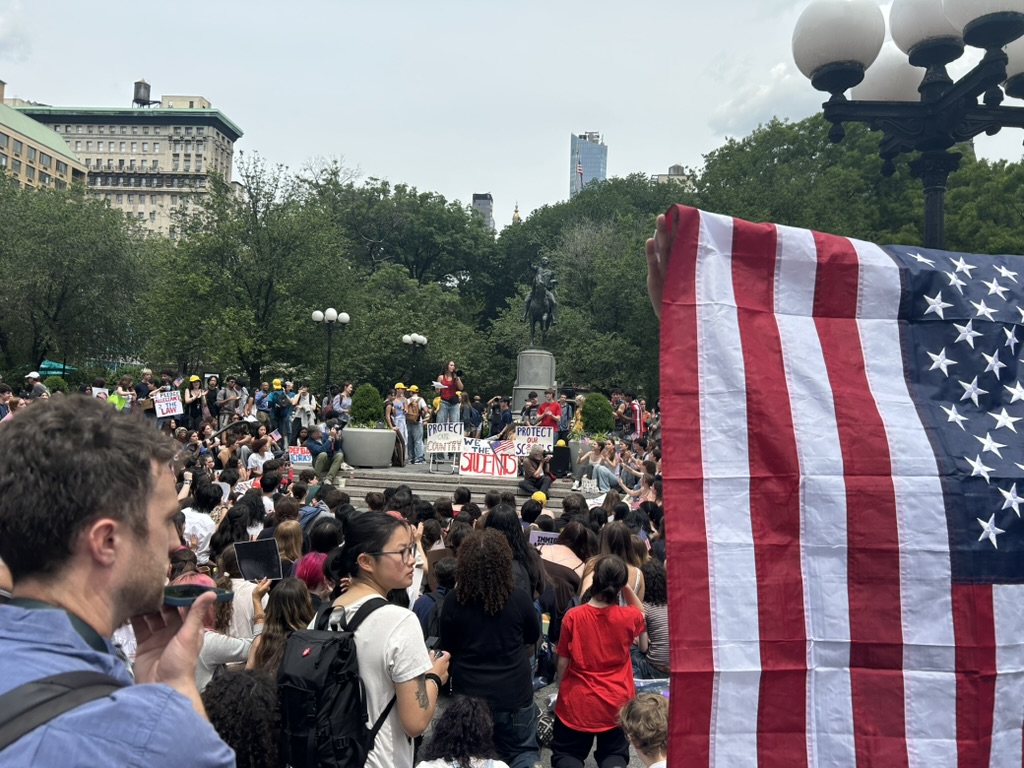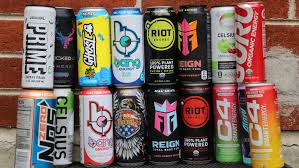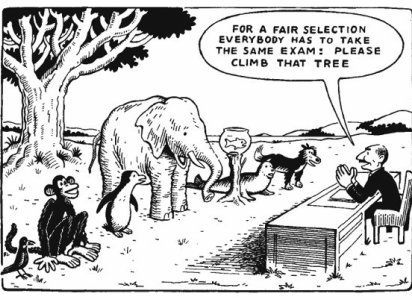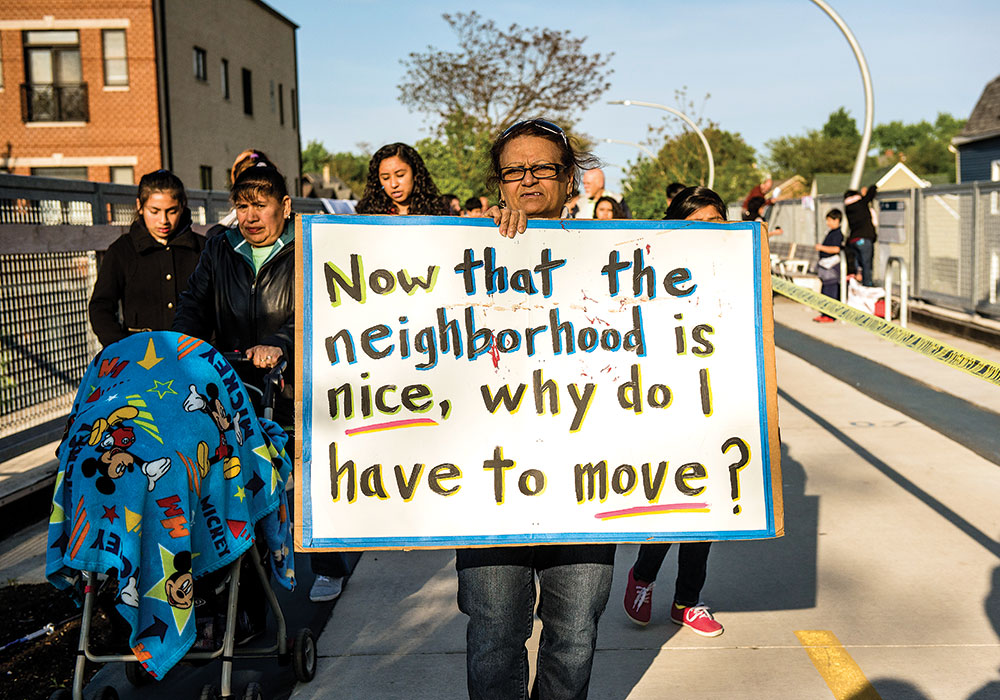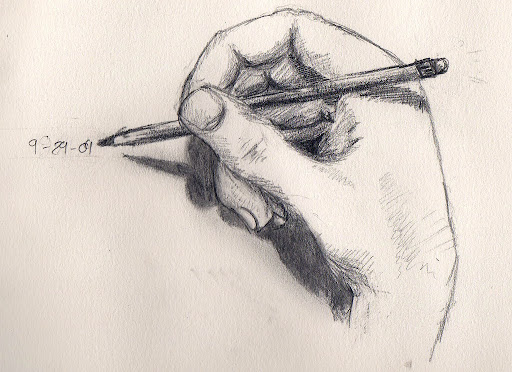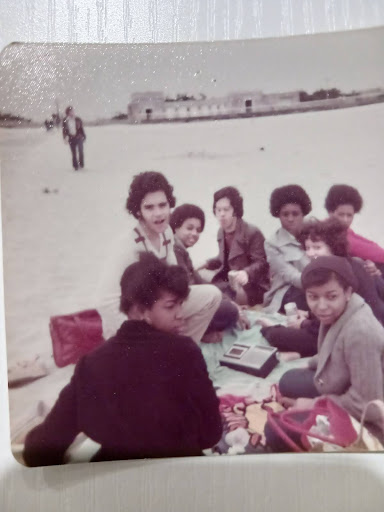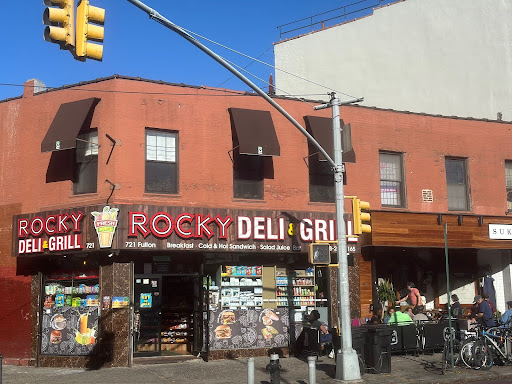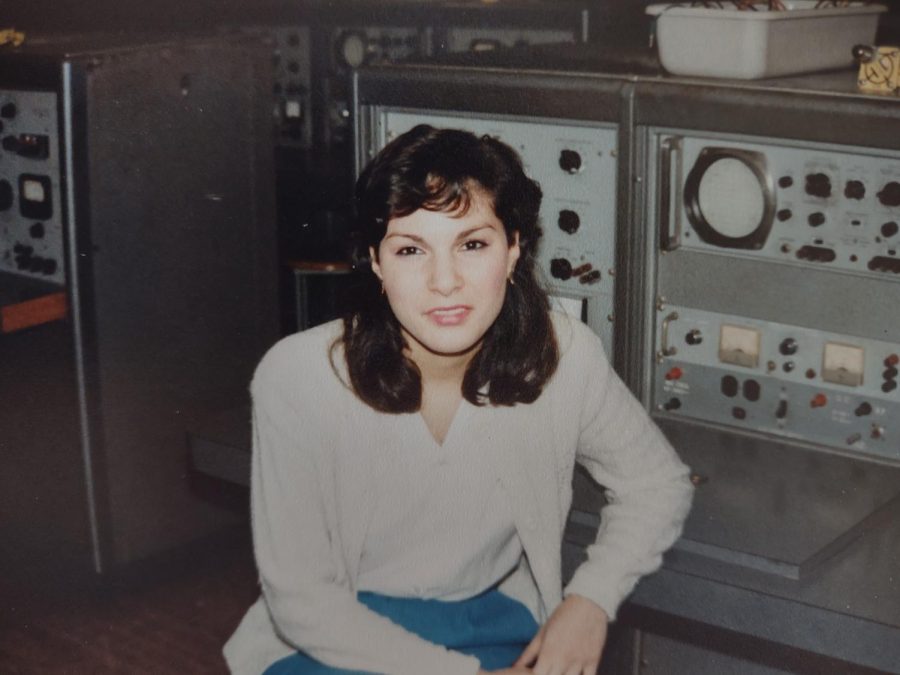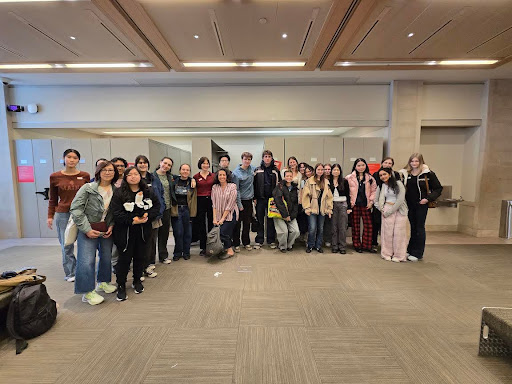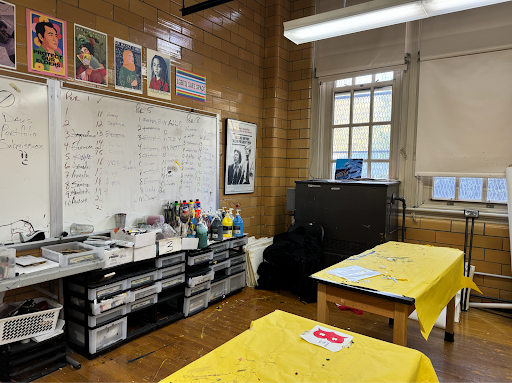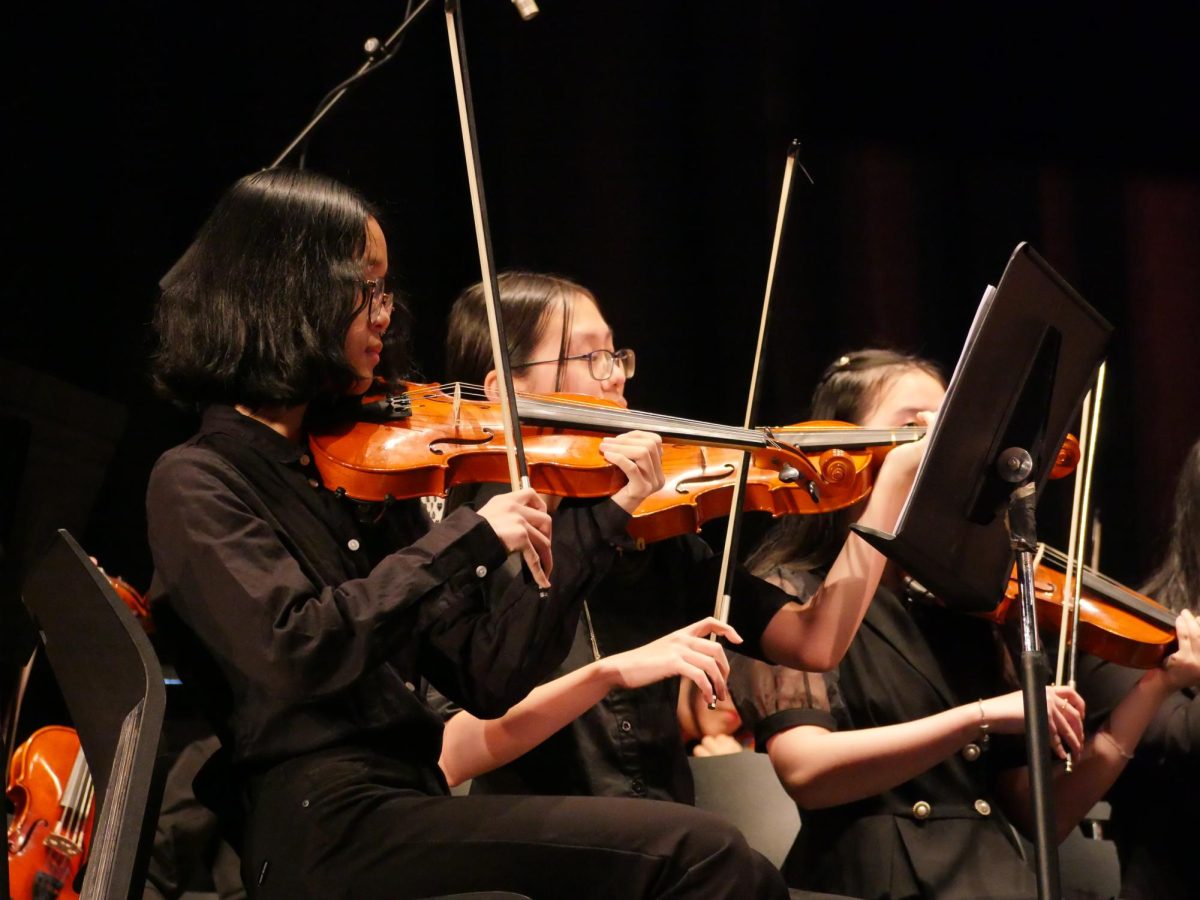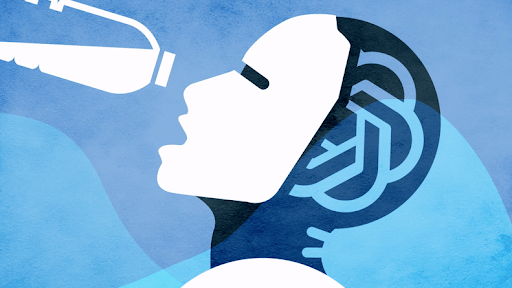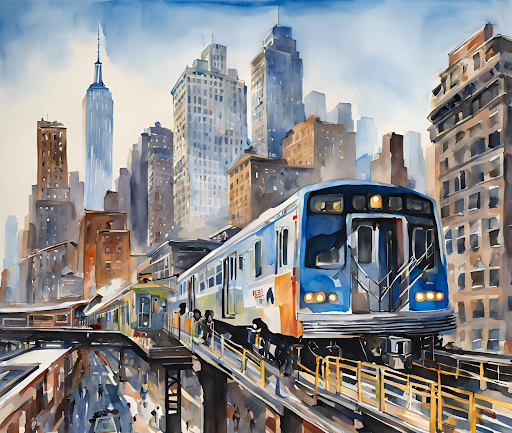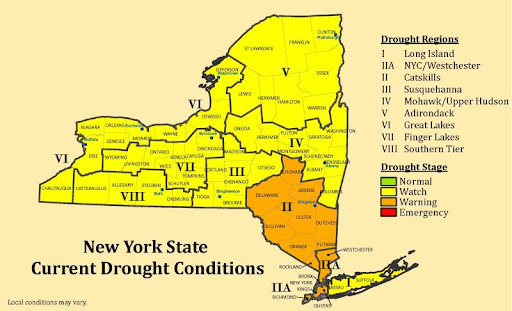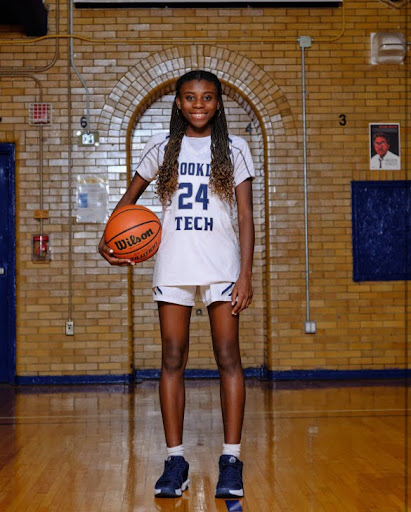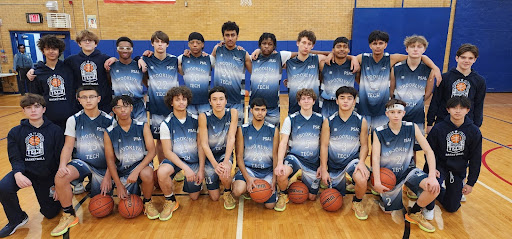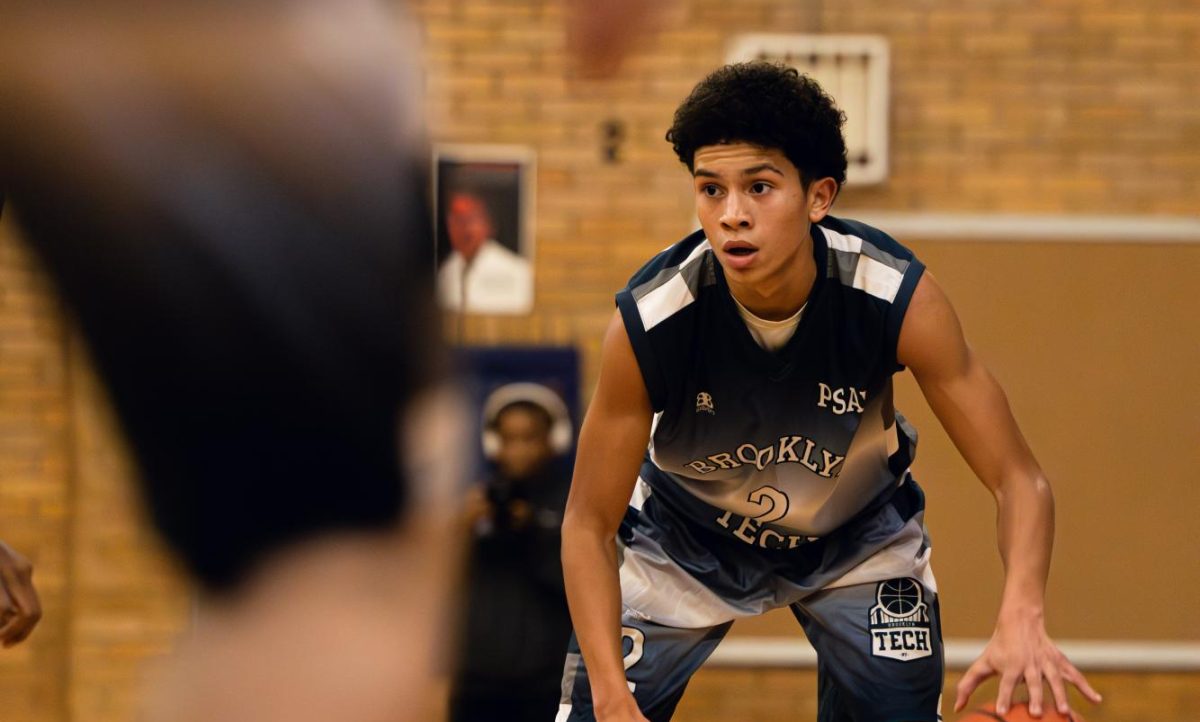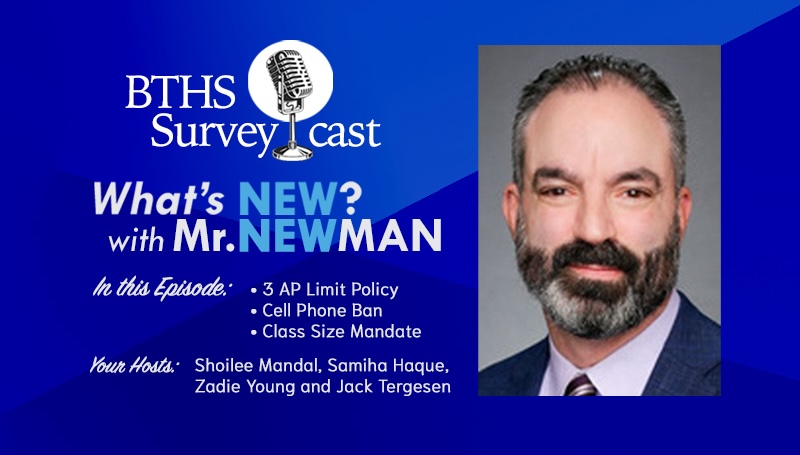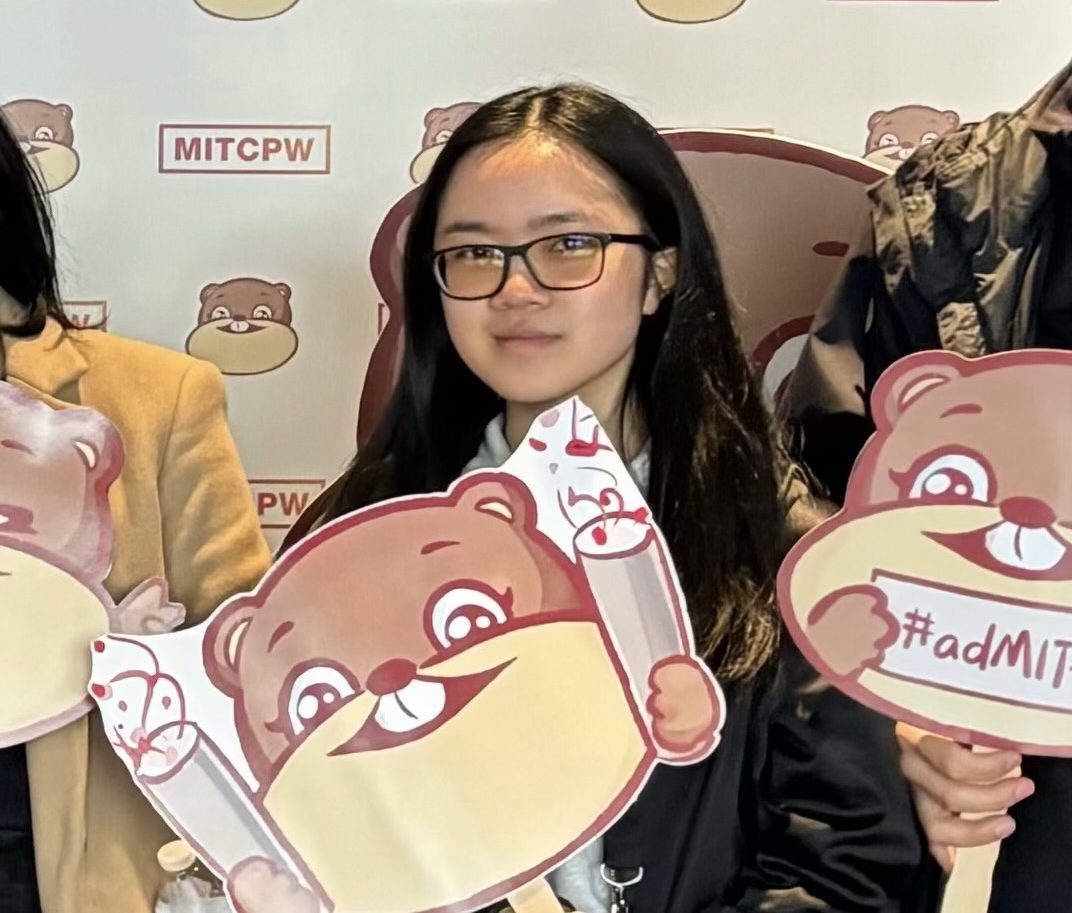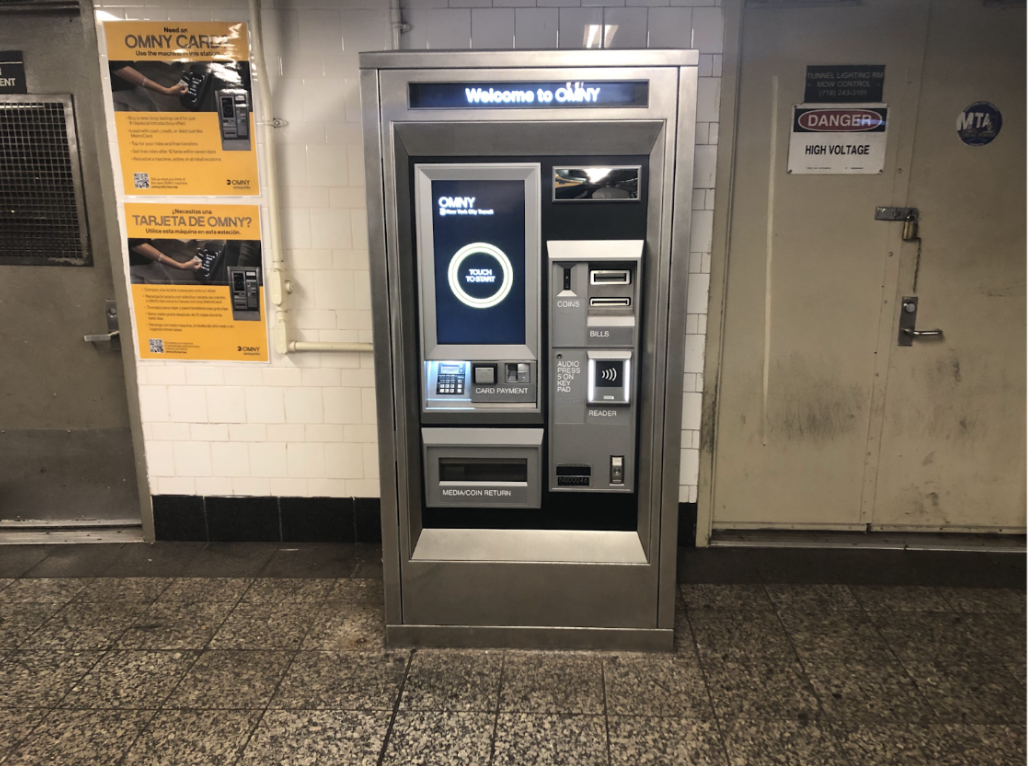The Metropolitan Transportation Authority (MTA) is projected to spend $772 million on the rollout of the One Metro New York (OMNY) system, a fare payment system created by Cubic Transportation Systems. Despite the conveniences the OMNY system offers, students at Brooklyn Tech have mixed opinions about the transition.
The OMNY replaces traditional MetroCards with a contactless payment system, allowing riders to pay with their credit cards, OMNY cards, or smartphones by simply tapping them into sensors on buses or subway turnstiles—saving time and providing accessible backup payment options.
However, originally scheduled for partial implementation in 2018, OMNY was not deployed until 2019 when the system became a top MTA priority. Now, it can be used in every bus and subway station across the city. Yet, multiple delays—involving replacing MetroCard vending machines and software bugs within app development—have left OMNY without a set full completion date.
A recent poll conducted by The Survey found students almost evenly split on OMNY’s benefits. Additionally, with the latest fare hike to $2.90 that took place on August 20, many students questioned the MTA’s increased spending on OMNY, believing the money could be better used for other expenses within the MTA.
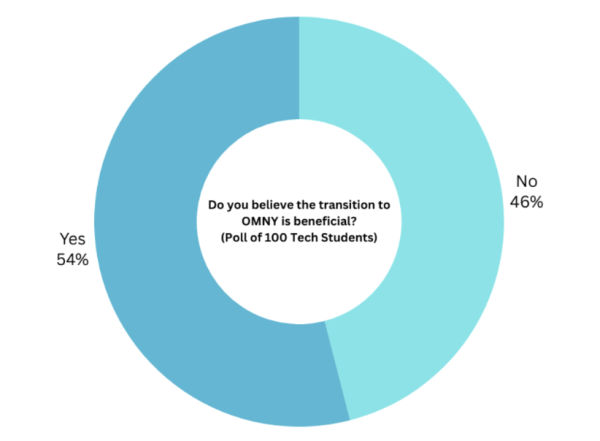
“The spending on OMNY feels like a waste of money, money that could be better spent on other things, such as improving accessibility to subways by adding more elevators to stations, spending more time on the maintenance of stations, and improving the NYC transit system in general,” said Chayan Mondal (‘27).
On the other hand, Ms. Ivy Chan, who manages MetroCard distribution at Tech, believes the digital OMNY system is helpful for both students and staff. “Metrocards that are lost or damaged are replaced daily with a minimum of 20 students per day,” noted Ms. Ivy. This high number of students requiring replacement MetroCards puts immense daily strain on Ms. Chan and the school staff.
At Tech, many MetroCards are necessary for the large student population during their daily commute, including replacements for lost cards. There are times when students are unable to get MetroCards replaced due to a shortage, which can force students to pay fares out of pocket for several days. “Students have no MetroCard to go home with…While some [students] might be able to get a spare from their family to tide them over, others might have to skip fares, which can be dangerous and stressful,” explained Ms. Chan.
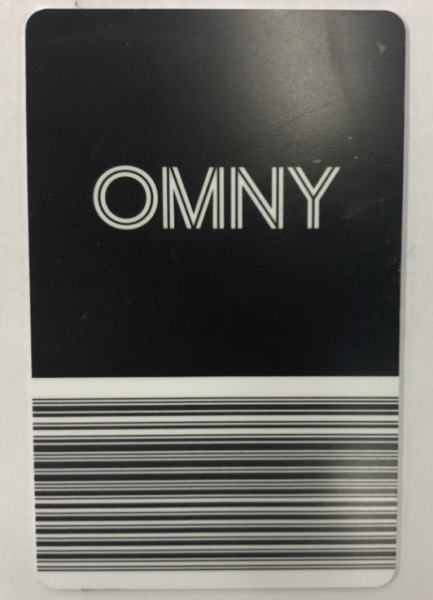 Some students emphasized the benefits of OMNY, especially for dealing with MetroCard loss. “Personally, I think having a digital version of the school MetroCard via OMNY has the potential to help alleviate the issues with students losing MetroCards, and that overall the transition will be a positive change,” expressed Maddox Shank (‘27).
Some students emphasized the benefits of OMNY, especially for dealing with MetroCard loss. “Personally, I think having a digital version of the school MetroCard via OMNY has the potential to help alleviate the issues with students losing MetroCards, and that overall the transition will be a positive change,” expressed Maddox Shank (‘27).
The OMNY software has repeatedly encountered bugs that have taken months to fix. In August 2023, OMNY prematurely charged riders the increased $2.90 fare weeks before the actual hike on August 20th. Later, in September, the MTA briefly implemented a program that enabled a rider to use credit card information to check another rider’s OMNY trip history on the MTA’s OMNY website. This tool was promptly scrapped amid safety and privacy concerns.
The introduction of OMNY presents numerous financial challenges for the MTA. Not only did its projected budget rise over $100 million, from $645 million in March 2019 to a total of $772 million by June 2021, but an official completion date has yet to be determined.
While the installation of OMNY scanners has been a success, the replacement of MetroCard vending machines with OMNY machines has only begun in 29 select subway stations throughout all the boroughs aside from Staten Island.
A full system rollout is delayed to sometime between later this year and late 2025, further preventing the replacement of student Metrocards originally set for January.
Still, OMNY has the potential to solve the card loss problem through a digital OMNY app currently in the works. If students lose physical OMNY cards or simply prefer digital use, they can use their smartphones.
OMNY’s digital benefits, however, do have a few drawbacks. Besides the fact that only smartphone owners can use the app, users risk running out of charge without a backup.
For some, the digital version’s flaws, coupled with the continued delays and increased spending have made OMNY seem less appealing to some Tech Students. “It all ultimately seems pretty pointless and a waste of time and resources,” said Jaden Wong (‘26). “OMNY cards don’t really seem to offer enough benefit versus normal student MetroCards to justify its cost.”.
Richard Davey, the Chief of MTA’s subway and bus systems back in October of 2023, estimated that MetroCards would still be in use for at least 18 more months before being fully replaced by OMNY, putting current projections to discontinue MetroCards at around one year.
While OMNY implementation has been tumultuous thus far, it will undoubtedly change the commuter experience for the entire city. While it has drawn much criticism for its cost and numerous delays, it is still an important step for the modernization of NYC’s transit system.

